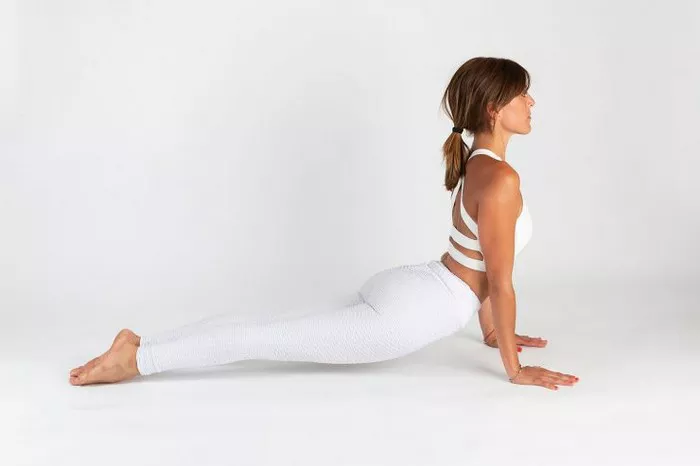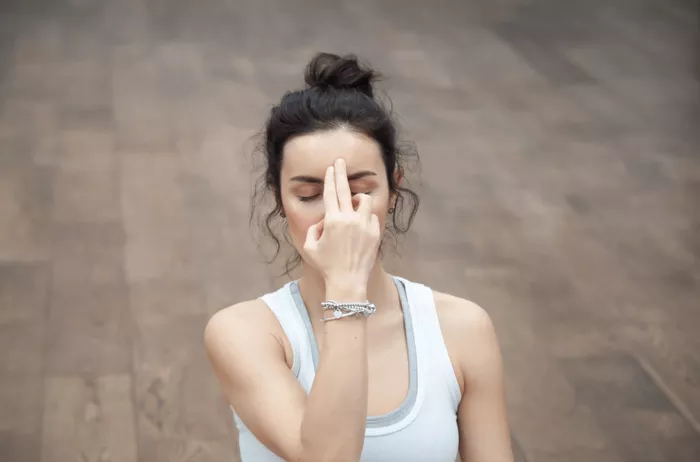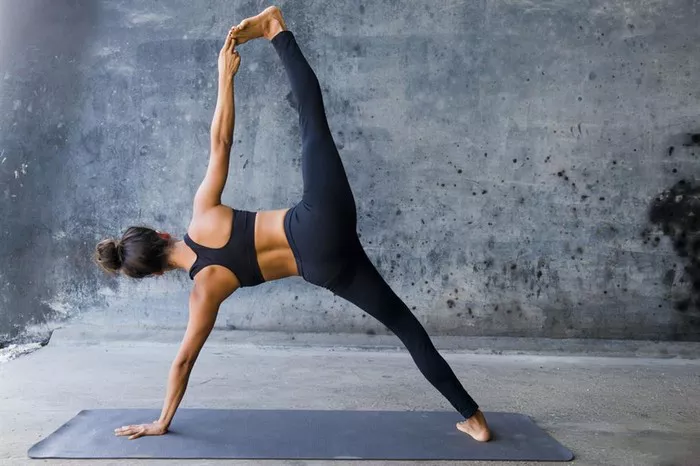In the serene world of yoga, back-bending poses stand out not only for their physical benefits but also for their profound emotional and energetic impacts. These poses, which open the heart and stretch the spine, have been practiced for centuries to promote flexibility, strength, and emotional release. Whether you’re a seasoned yogi or a beginner exploring the depths of your practice, mastering back bends can significantly enhance your yoga journey.
Understanding Back Bends: Benefits Beyond the Physical
Before delving into the specific poses, it’s crucial to understand the holistic benefits of back bends. Physically, these poses increase spinal flexibility, strengthen back muscles, and improve posture. They also stimulate the endocrine system, enhancing hormonal balance and boosting energy levels. Emotionally and energetically, back bends can release stored emotions and reduce stress and anxiety by opening the heart chakra.
Essential Tips for Practicing Back Bends Safely
While back bends offer numerous benefits, they also require mindfulness and preparation to prevent injury and maximize results. Here are some essential tips for practicing back bends safely:
Warm Up Adequately: Always start with a gentle warm-up to prepare your body, focusing on the spine, shoulders, and hip flexors.
Engage Core Muscles: Protect your lower back by engaging your core muscles throughout the pose.
Use Props: Props such as blocks, bolsters, and straps can assist in achieving proper alignment and gradually deepening your stretches.
Breathe Mindfully: Maintain steady and deep breathing throughout the pose to calm your mind and support your body.
See Also: 9 Best Yoga Poses to Strengthen Your Abs
The 9 Best Back-Bending Yoga Poses
1. Bhujangasana (Cobra Pose)
Bhujangasana is an excellent starting point for beginners, gently stretching the spine and opening the chest. Lie face down, hands beneath your shoulders, and lift your chest off the ground while keeping your pelvis and lower ribs grounded.
2. Urdhva Mukha Svanasana (Upward Facing Dog Pose)
This pose combines a back bend with an arm stretch. From a prone position, press into your palms to lift your torso and thighs off the mat, while keeping your legs engaged and shoulders down.
3. Dhanurasana (Bow Pose)
In Dhanurasana, lie on your belly, bend your knees, and reach back to hold your ankles. Lift your thighs and chest off the ground, creating a bow shape with your body. This pose deeply stretches the entire front body.
4. Ustrasana (Camel Pose)
Kneel on the mat, tuck your toes under, and place your hands on your lower back. Lean back, reaching one hand at a time to grasp your heels. Ustrasana opens the entire front body while strengthening the back muscles.
5. Setu Bandhasana (Bridge Pose)
Lie on your back with knees bent and feet hip-width apart. Press your feet and arms into the mat to lift your hips toward the ceiling, creating a gentle back bend. Bridge pose strengthens the back and improves spinal flexibility.
6. Urdhva Dhanurasana (Wheel Pose)
Wheel pose is an advanced back bend that begins lying on your back with knees bent. Place your hands by your ears and press into your palms to lift your entire body off the mat, creating an arch with your torso and legs.
7. Viparita Dandasana (Inverted Staff Pose)
From a seated position, place your hands behind your hips with fingers pointing forward. Lift your hips and extend your legs straight up, creating a straight line from your shoulders to your feet. This pose deeply stretches the front body and opens the chest.
8. Eka Pada Raja Kapotasana (One-Legged King Pigeon Pose)
Begin in a kneeling position, then slide one knee forward and extend the opposite leg straight back. Lower your torso over the front leg, extending your arms forward or resting them on the mat. This pose stretches the hip flexors and opens the chest.
9. Kapotasana (King Pigeon Pose)
From a kneeling position, bend one knee and reach back to hold the foot with the same-side hand. Lift your opposite arm toward the ceiling, arching your back and gently pressing your foot into your hand. Kapotasana deeply stretches the entire front body and opens the heart.
Conclusion
Integrating back-bending poses into your yoga practice can transform your physical and emotional well-being. With patience, mindfulness, and regular practice, you can harness the benefits of increased flexibility, strength, and emotional release that these poses offer. Remember to listen to your body, honor its limits, and enjoy the journey of exploring these transformative yoga postures.
In essence, mastering back bends is not just about the physical achievement but about unlocking the potential for greater self-awareness and inner peace through the ancient practice of yoga.

























